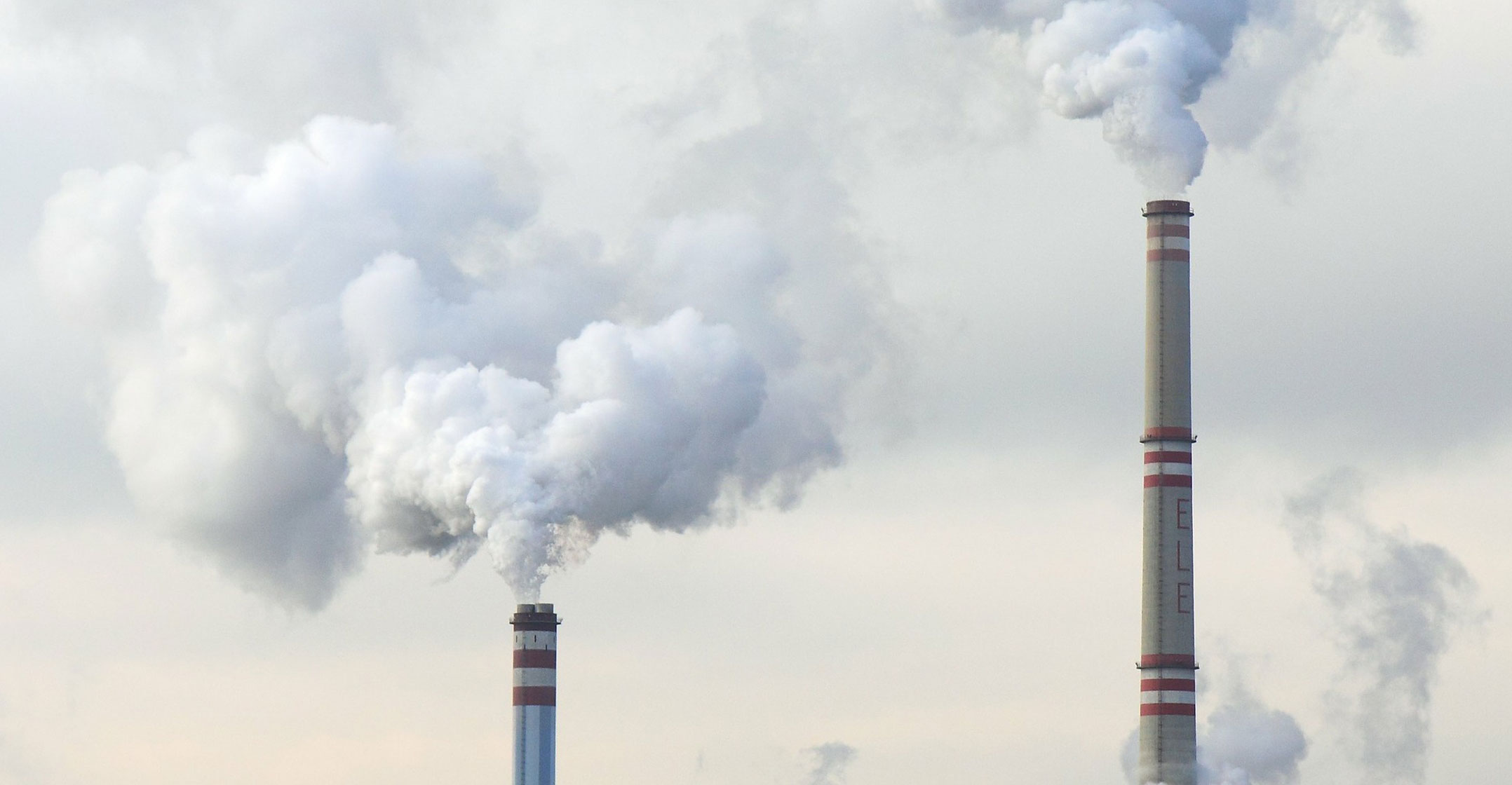 Eskom is planning to propose that some of the funding the country secured to help tackle climate change take the form of loans to the government that could be converted to equity in the utility when needed.
Eskom is planning to propose that some of the funding the country secured to help tackle climate change take the form of loans to the government that could be converted to equity in the utility when needed.
The arrangement would enable Eskom to access the US$8.5-billion (R127-billion) pledged by the US, UK, Germany, France and the European Union without adding to its debt burden, a person familiar with the proposal said. The company wants to use the money to fund the closing of some coal-fired power plants and the construction of renewable energy facilities to replace them.
Eskom has a proposed pipeline of almost R200-billion of renewable energy, gas and battery storage projects and needs to spend at least R120-billion rand on transmission lines. But with its debt forecast to reach R416-billion rand by the end of this month, it will struggle to take on more borrowing without breaching its bond and loan covenants.
Eskom’s ability to transition away from coal, which it uses to supply more than 80% of South Africa’s power, is key to meeting the country’s ambitions to slash its greenhouse gas emissions, the 13th largest in the world.
Still, national treasury will need to assess what the best arrangement is for all parties, including the government and taxpayers, rather than just meeting Eskom’s needs, said the person, who asked not to be identified because they’re not authorised to comment on the matter.
Eskom and national treasury didn’t immediately respond to requests for comment.
The $8.5-billion was pledged at the Cop26 climate summit in Glasgow in November. The aim is to conclude a deal, complete with investment plans, by the Cop27 meeting in Egypt in November at the latest, a US official familiar with the plans said earlier this month.
The deal was hailed as one of the standout achievements at Cop26 and is seen as a prototype of a funding model that could be used to decarbonise other coal-dependent nations. Eskom accounts for about 40% of South Africa’s emissions, with almost all of those coming from its 17 coal-fired plants. — Antony Sguazzin and Loni Prinsloo, (c) 2022 Bloomberg LP




